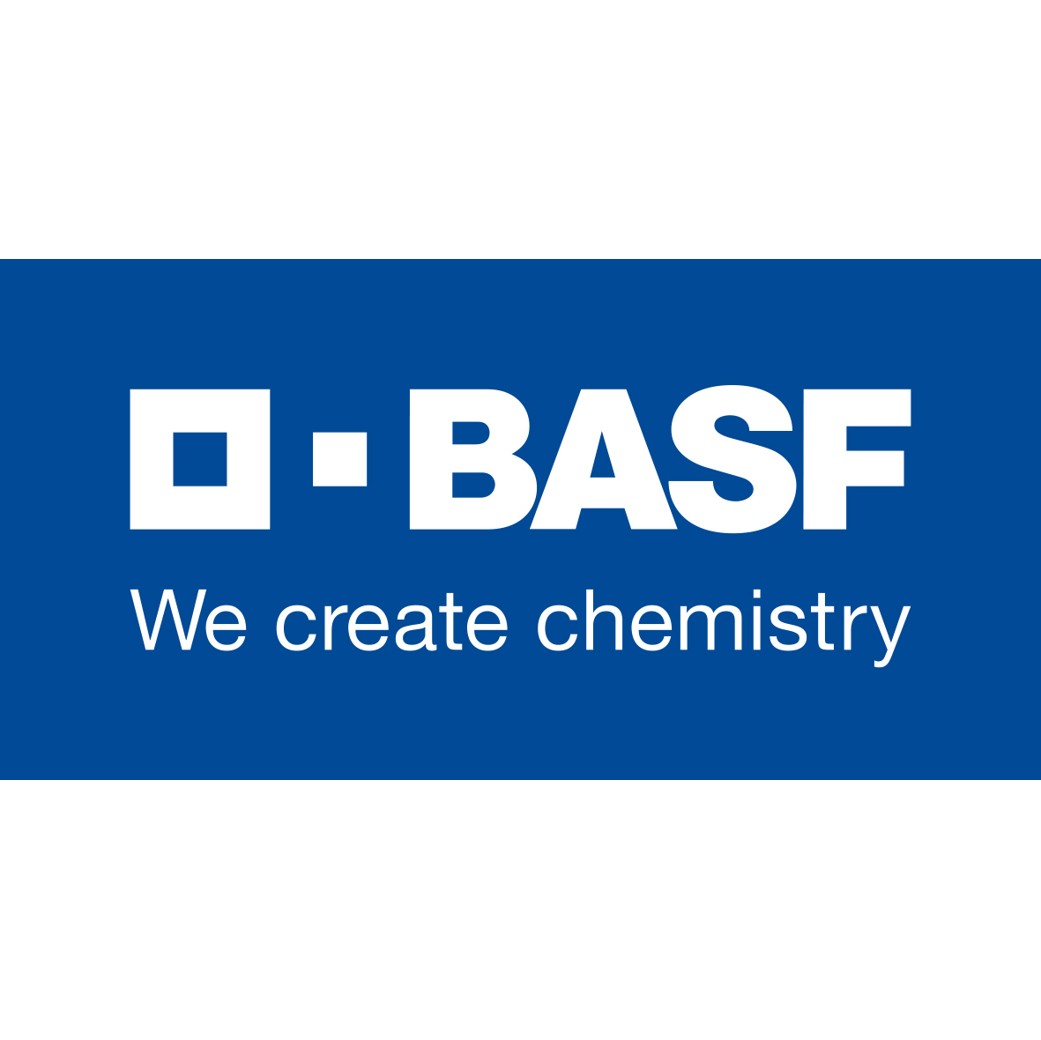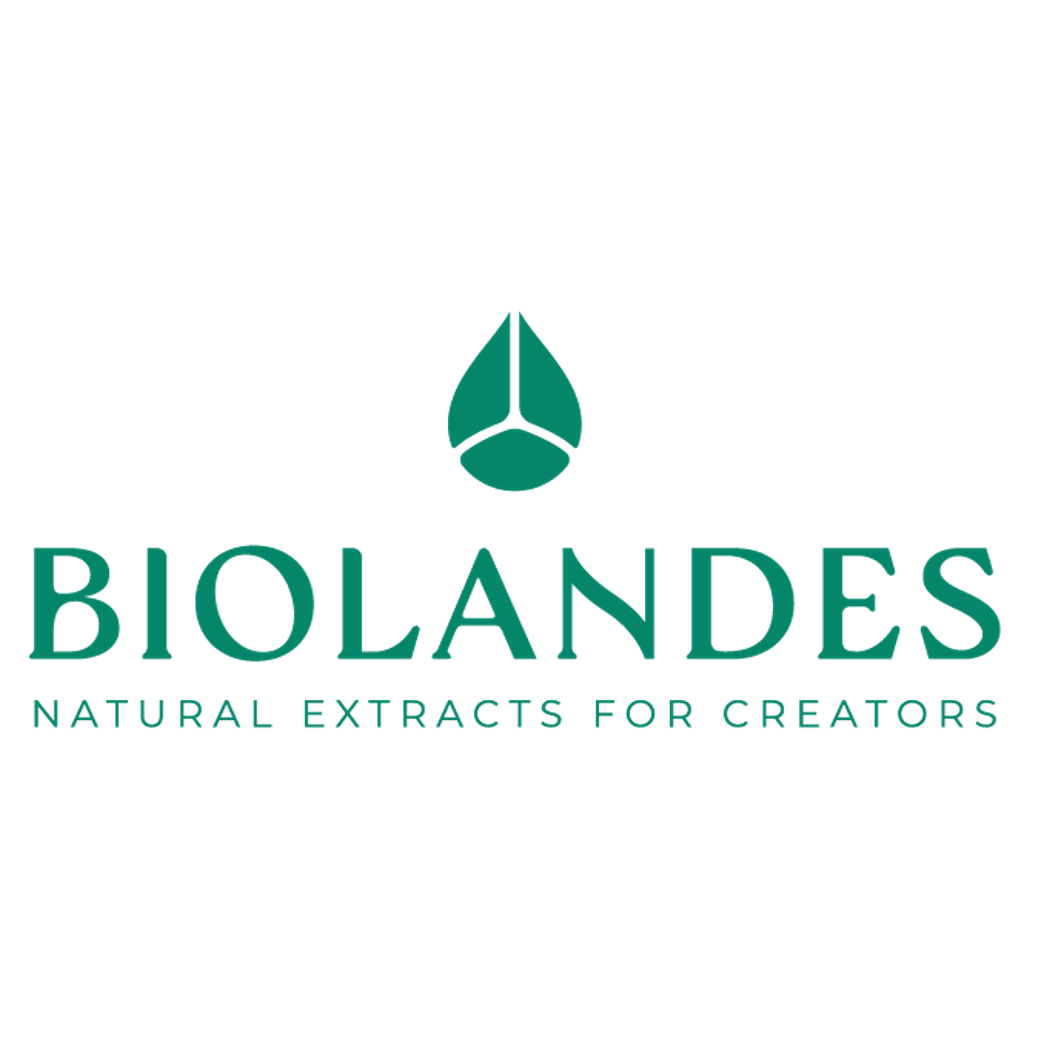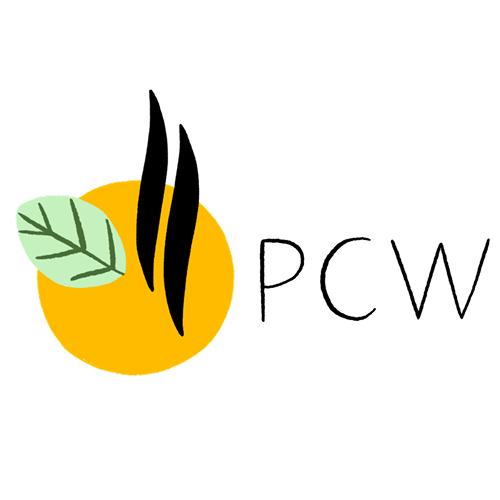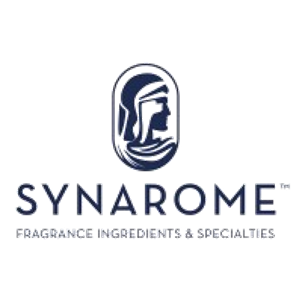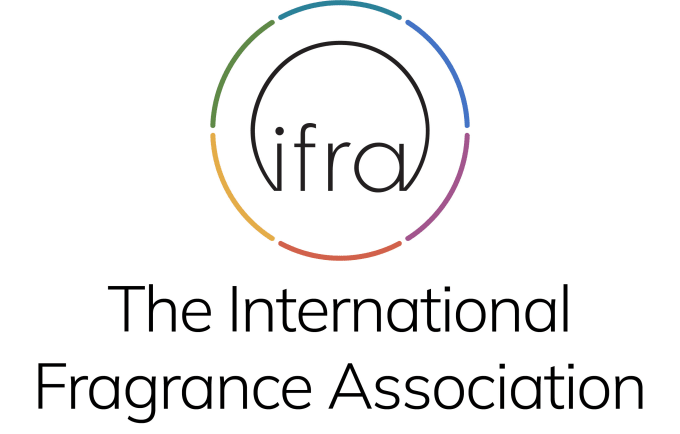
Photo credits: ScenTree SAS
| Company | Ingredient Name | ID | Comments | Naturality | Certifications | MOQ | Purity |
|---|---|---|---|---|---|---|---|
|
|
Aldéhyde Phénylacétique - 30 Gr | - |
Visit website
|
- | - | - | |
|
|
PHENYLACETALDEHYDE EXTRA | - |
Visit website
|
- | 10 grs | - |
General Presentation
-
CAS N° :
122-78-1 -
EINECS number :
204-574-5 -
FEMA number :
2874 -
FLAVIS number :
05.030
-
JECFA number :
1002 -
Volatility :
Base -
Price Range :
€€€
Physico-chemical properties
-
Appearance :
Colorless liquid -
Density :
1,03 -
Refractive Index @20°C :
1.525 - 1.545 -
Optical rotation :
Data not available. -
Vapor pressure :
0.3675 mmHg @25°C -
Flash Point :
68°C (154,4°F)
-
Molecular formula :
C8H8O -
Molecular Weight :
120,15 g/mol -
Log P :
1,54 -
Fusion Point :
-10°C (14°F) -
Boiling Point :
193°C (379,4°F) -
Detection Threshold :
4 ppb (0,0000004%)
Chemistry & Uses
Uses in perfumery :
Phenyl Acetaldehyde is used in rosy floral notes, citrus or leather notes.
Year of discovery :
1908
Natural availability :
Phenyl Acetaldehyde is present in many flowers such as chicory or flower of Lecythis usitata in Brazil, from which it can be extracted.
Isomerism :
Phenyl Acetaldehyde does not have any isomer used in perfumery.
Synthesis precursor :
Phenyl Acetaldehyde is a precursor to the synthesis of a Schiff base by reaction with Methyl Anthranilate. This molecule has a pinkish, green, honeydew and mandarin smell. Furthermore, a reaction with methanol in an acid medium synthesizes Viridine®.
Synthesis route :
Phenyl Acetaldehyde can be synthesized during the vapor phase isomerization of styrene oxide, in the presence of aluminum silicate, or from phenylethane-1,2-diol, always during the vapor phase and always in presence of aliminum silicate, used as catalysts.
Stability :
Aldehydes may form diethylacetals in alcoholic perfumes, with no real impact on their smell
Has a great capacity of polymerisation
Most of the time, the occurrence of a benzenic cycle in a molecule causes a coloration of this molecule through time
Other comments :
Phenyl Acetaldehyde is often marketed diluted in Phenyl Ethyl Alcohol. It has a more honeyed and less green facet than the latter.
IFRA
IFRA 51th :
This ingredient is restricted by the 51th amendment
- Quantitative limit on the use :
-
Cat.1 Cat.2 Cat.3 Cat.4 Cat.5A B C DCat.6 0,045 % 0,014 % 0,27 % 0,25 % 0,064 % 0,064 % 0,064 % 0,021 %0,15 % Cat.5A B C DCat.6 0,064 % 0,064 % 0,064 % 0,021 %0,15 % Cat.7A BCat.8 Cat.9 Cat.10A BCat.11A BCat.12 0,52 % 0,52 %0,021 % 0,49 % 0,49 % 1,8 %0,021 % 0,021 %No Restriction Cat.10A BCat.11A BCat.12 0,49 % 1,8 %0,021 % 0,021 %No Restriction





